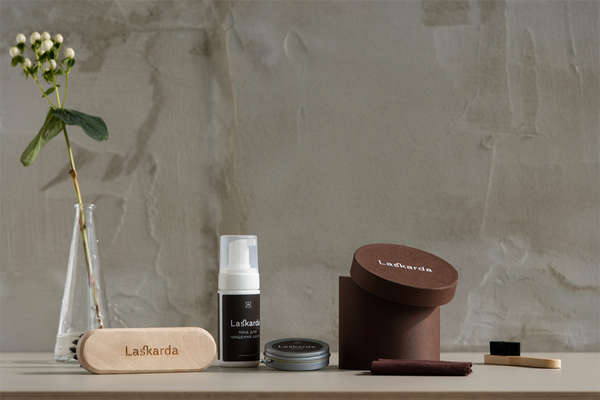Have you heard of the concert that was played in an auditorium full of houseplants, or when the school classes were moved to the Spanish coast during the quarantine? How about the oldest man in Australia who knitted sweaters to protect penguins? If this news has escaped your attention so far, no problem: animated film director Martin Smatana’s book, A Year of Good News, collects more than fifty positive stories to help us through the difficult times of the past. But how was the publication made? That’s what we are here to find out!
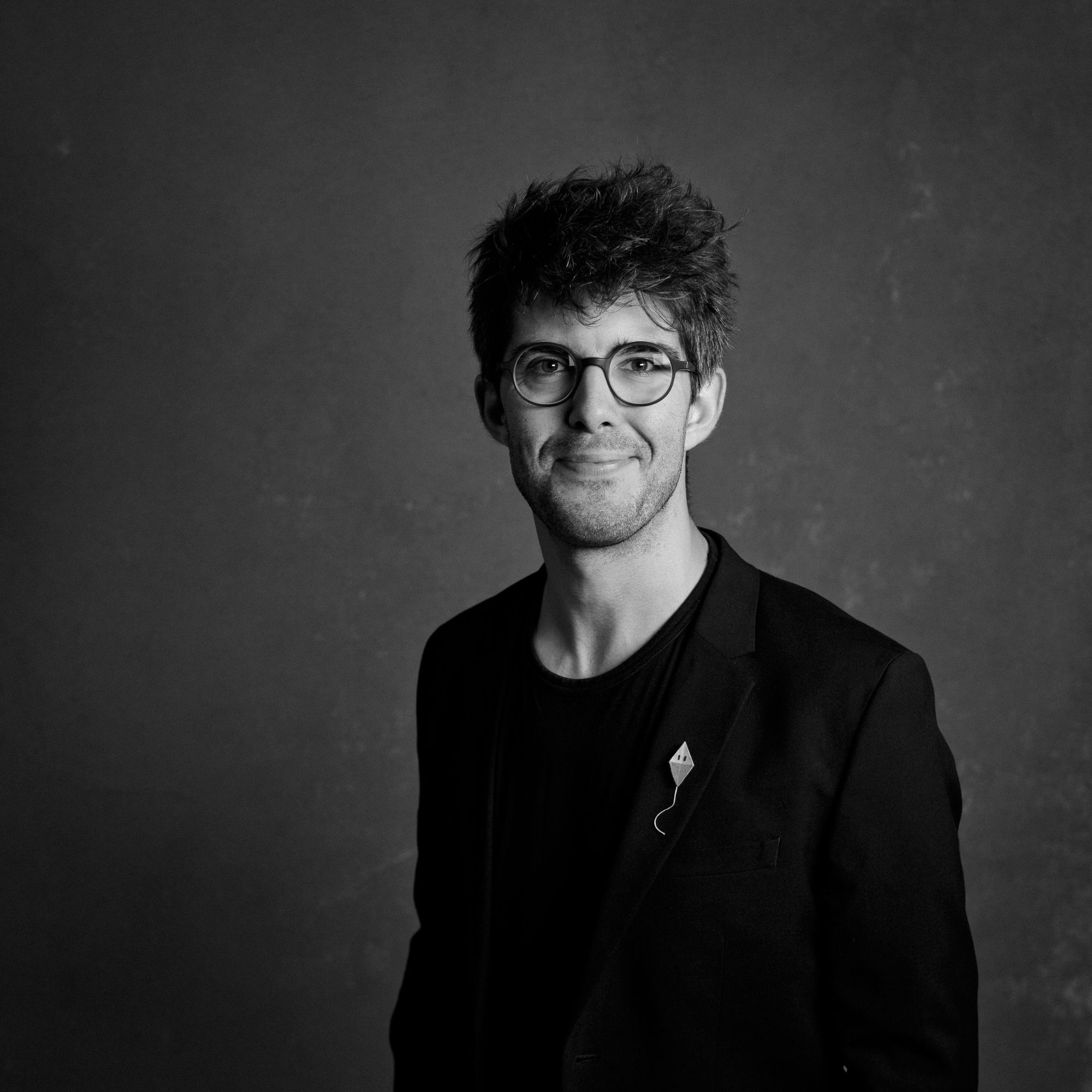
Martin Smatana has loved positive stories since he was a child: be it books read out loud by his parents or even animated movies he watched with his brother. He used to draw a lot, but at the age of six, the little puppets made of plasticine caught his attention. He later used his first camera to capture them on film, moving them just a little bit each time—he had no idea at the time that he was actually using the stop motion animation technique. Perhaps he was the most excited, though, when he first saw the movie Finding Nemo in the cinema. It was then that he decided that this was exactly what he wanted to do: create fictional worlds, animate characters, and tell stories. He studied at the Academy of Performing Arts in Bratislava and then got a degree in animation film at FAMU in Prague, where he was also taught by directors whose animated films Martin was immersed in during his childhood.
In these difficult times, we need even more positive stories than before. Your book, A Year of Good News was inspired by fifty-two positive stories that took place around the world last year. How did this project start and what was the very first news that inspired you?
When the pandemic started in March 2020, I was reading mostly negative news from the mass media. Like everyone else, I was worried about how long this situation would last, how long I wouldn’t see my friends and colleagues, or whether I would be able to be locked up at home for so long at all.
Searching the newspapers, I discovered that positive news isn’t actually that rare: it’s often small, seemingly unnoticed deeds and facts that can be found at the other end of the street as well as on the other side of the world. Lots of good things happen every day, but they are often buried under the weight of “big” events and dry news agency reports: that’s why I decided to put positive stories in the spotlight and retell them in my own way.
From my favorite stories found in the media, I usually suddenly have goosebumps or start to smile at their influence. The very first such news I wanted to turn into an illustration was about an old Australian man knitting wool sweaters for penguins exposed to oil spills. I liked this story so much that when mostly negative news came from the media, I actively focused on the positive ones to cheer up my friends and myself with them.
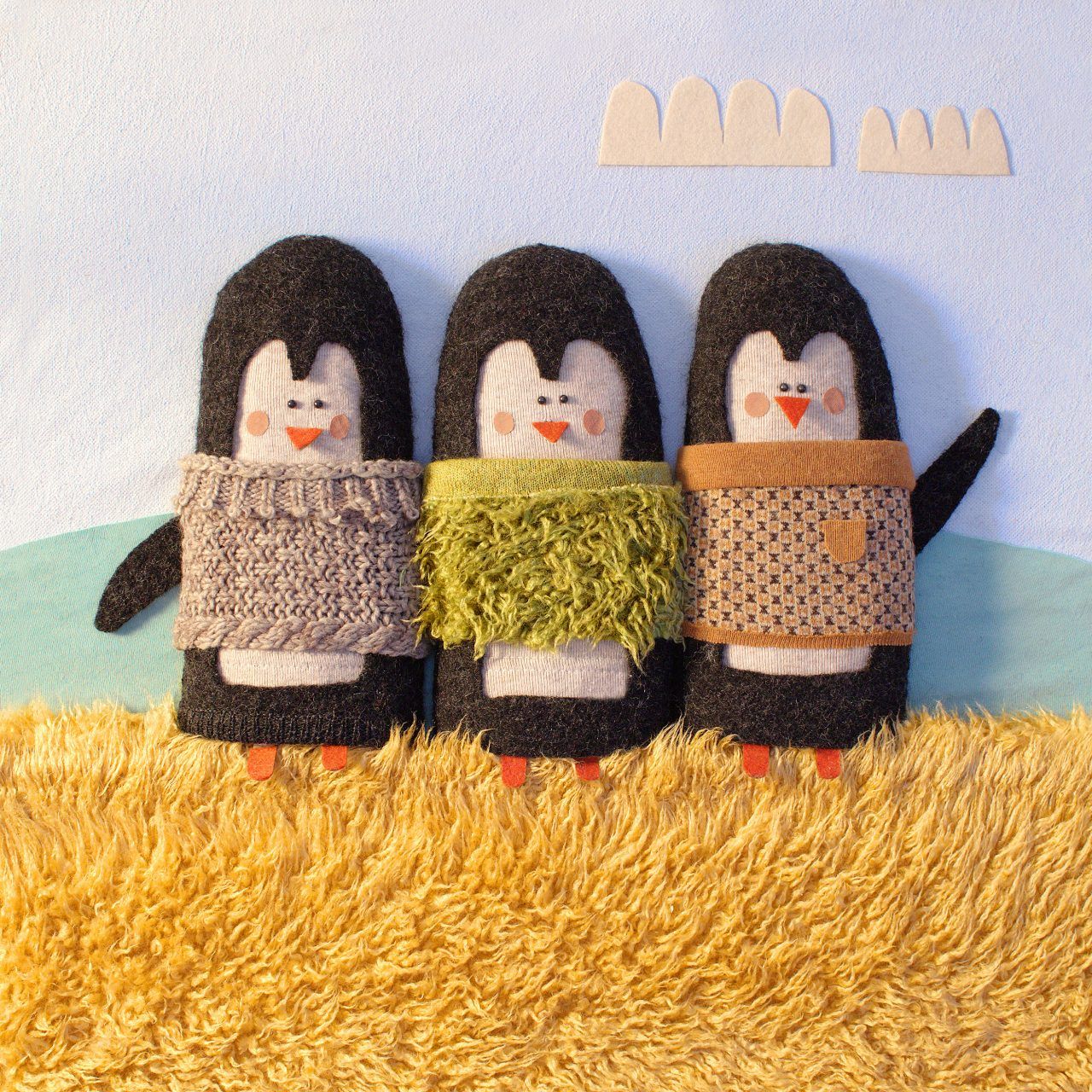
What other stories would you highlight from the book that are dear and special to you?
I have several favorites. Such is the case with the Italian professional cyclist, who transported medicines and food to his pandemic-affected hometown in appreciation for the locals’ supporting him during the sporting season; or when public events were canceled in Barcelona and a string quartet performed Puccini’s Chrysanthemums at a local opera house in front of an audience of 2,292 houseplants. These were later given to health workers to show gratitude for fighting the pandemic.
In addition to these, several stories are dear to me, such as when the Icelandic authorities suggested that lonely people without physical contact should hug trees during the pandemic. Research has shown that it reduces stress and thus improves our overall health. Furthermore, in Spain, for example, after a year of distance learning, teachers decided to move their lessons to the local beach. During the quarantine, the children were socially distant from each other, but this allowed them to stay in the fresh air, and teachers took advantage of the proximity to the sea and islands to hold biology and geography lessons.

You started this project by making a certain occasional image for a close circle of friends to lift their spirits. How did the making of the book affect you?
At the beginning of the pandemic, I had to figure out some sort of distraction that inspired me. From week to week, I found one piece of good news from around the world and made a picture of it. Since I wasn’t really good at drawing, I made them from used or old textiles: that’s how I kept my good mood. However, when I saw how positive the feedback was, I decided to try to please people with a new picture every week. This allowed me to stay calm during the pandemic instead of feeling anxious.
I still received a lot of good feedback after the book was published. Many have written to me that reading the book has encouraged them to do a little favor themselves, or even to call and talk to their loved ones. I think the book can help all of us realize that this past year hasn’t been so bad after all.
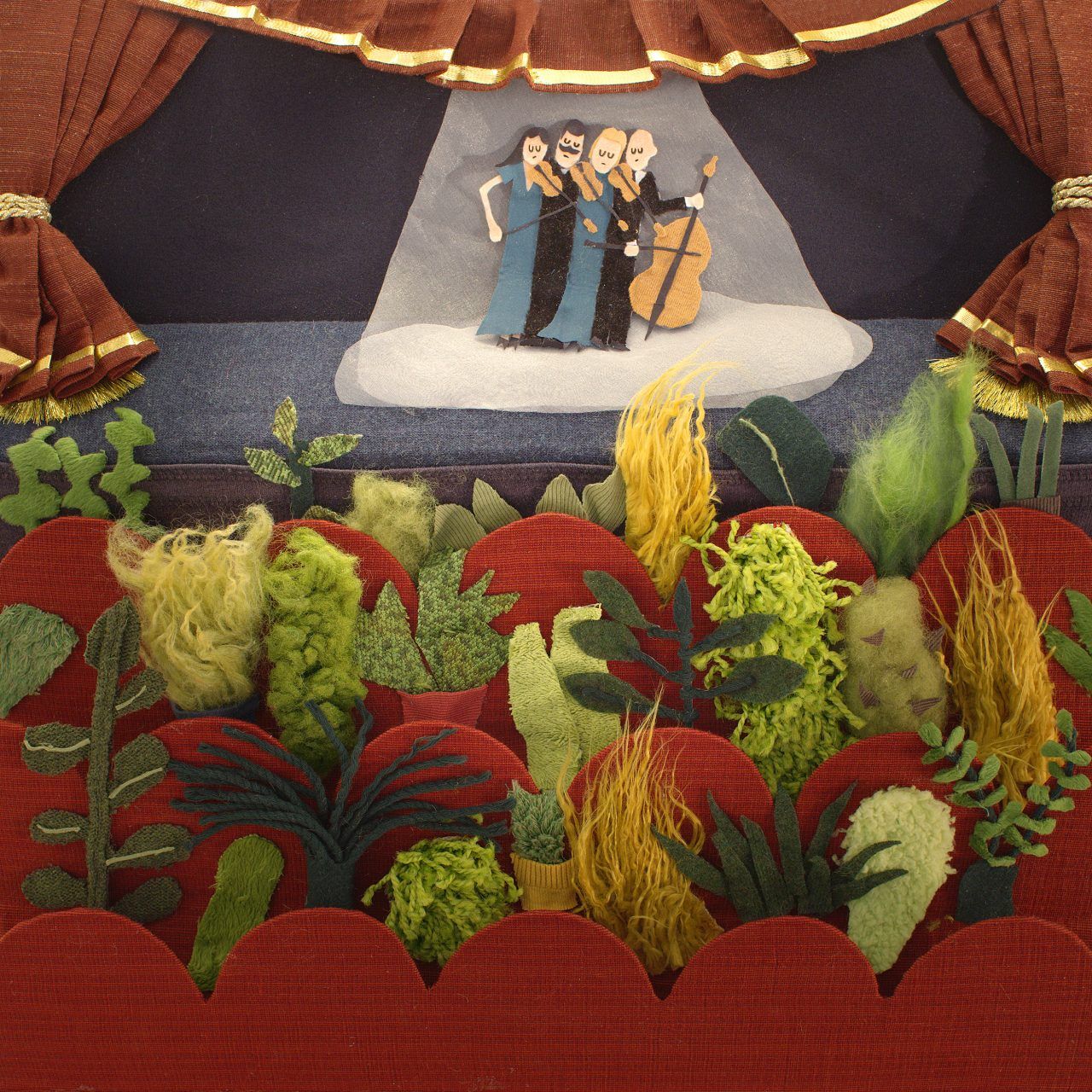
How exactly were the illustrations in the book made: what inspired you to choose the technique?
Three or four years ago, when I was preparing scenes and scenography for my animated film The Kite, I realized that textiles are a very good raw material for both illustration and animation. The whole environment of the film was made of fabrics and old clothes that my friends wanted to get rid of. I fell in love with textile because I could move its structure from fiber to fiber: I was thinking of details like the flow of grass in the wind, which I made from a long-haired, green, fluffy carpet during the animation. This book was made exactly the same way: using old sweaters, rugs, or scarves, I created soft illustrations that were lit with soft light and photographed with the help of my filmmaker friend, Ondrej Nedved.
You work primarily as an animated film director. Why did you choose the medium of the book to show your work to a wider audience?
Yes, I’ve been interested in animation since I was a kid and I still love it, but it also takes a lot of patience and time. It often takes two to three years for a movie to be made. After a few such projects, I felt like I wanted to create something small, static, and fast, so I thought the book would be the right medium for this project. I was able to see the result pretty quickly, more precisely once a week, and it made me very happy: I didn’t have to wait months or years to see the end result, and it was a very new feeling for me. Now that the book is already living its own life, I’m thinking I’m going to turn some illustrations into animated gif videos.
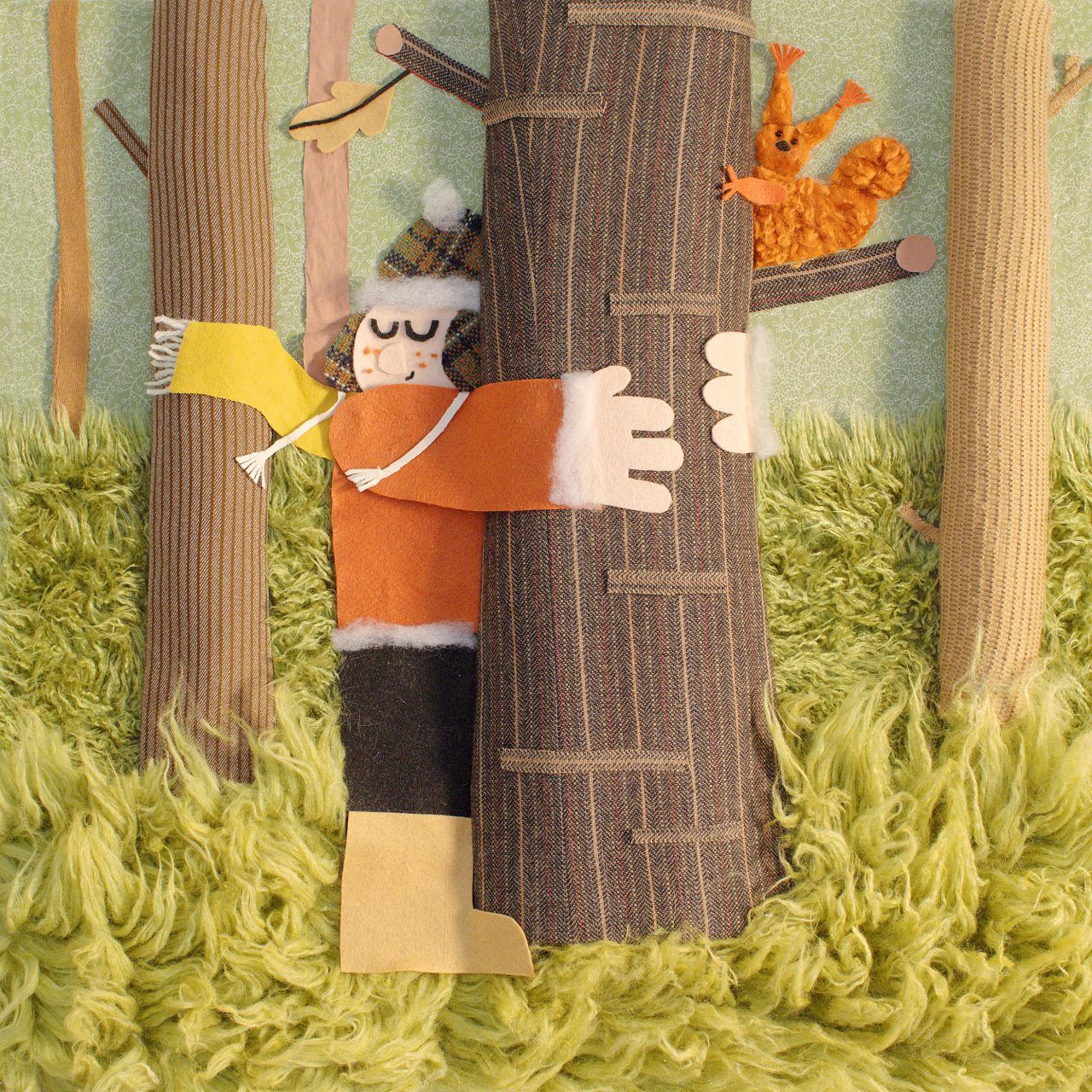
The A Year of Good News was published by the Slovak publisher Monokel. How did the collaboration start?
Monokel is a young Bratislava-based book publisher that focuses on books and comics with strong visuals, especially for children. They often work with young illustrators, book designers, screenwriters and visual storytellers. My dear girlfriend Simona Cechova has been collaborating with the founder of Monokel, Peter Michalik for a few years now. When I first told Peter about the illustrations I had created week after week, he really liked the idea and supported me to continue creating it throughout the year: this is how 52 illustrated stories were completed under 52 weeks. Today, I can say that this was one of the best collaborations of my life—as Monokel aims to bring its books to foreign readers, A Year of Good News is also available in English.

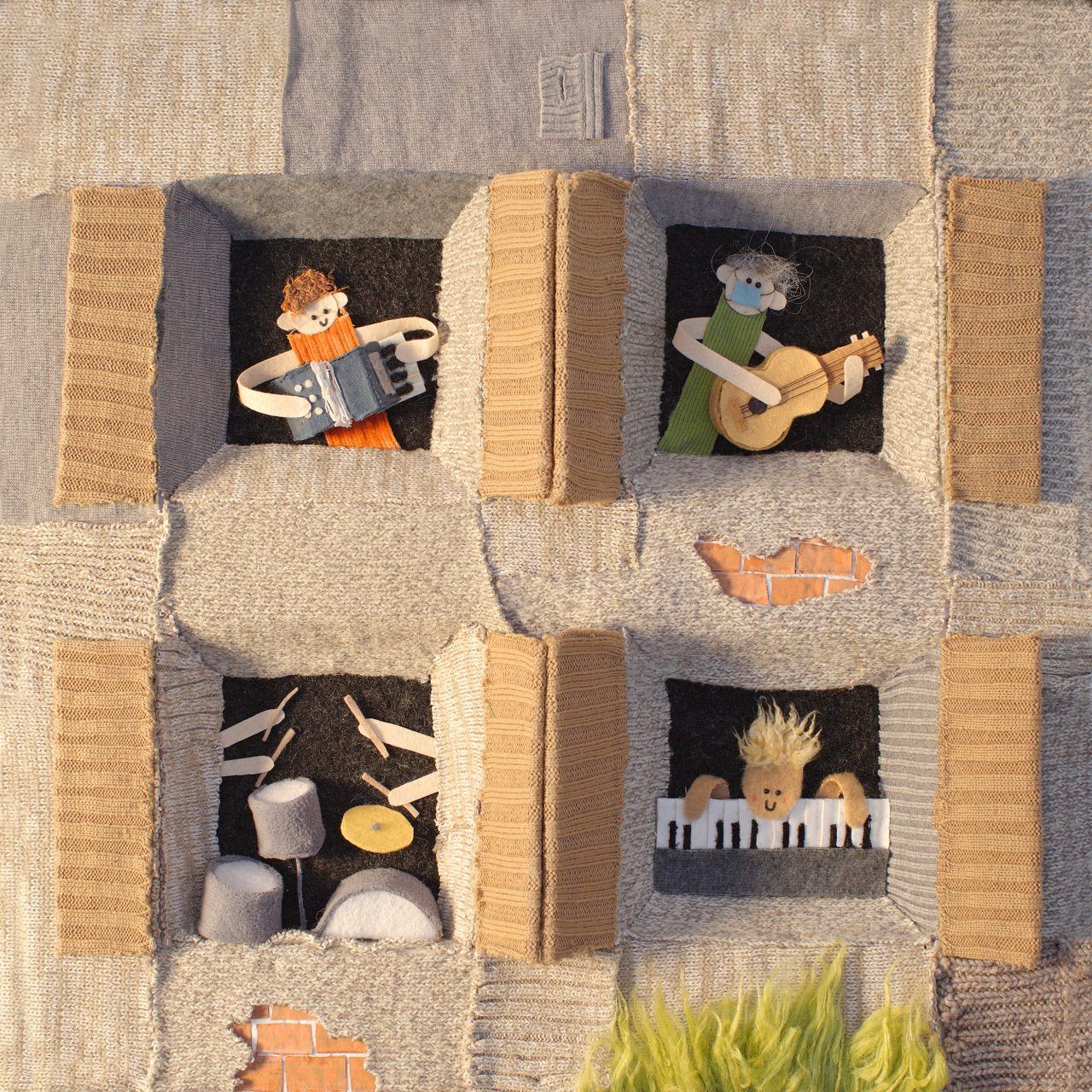
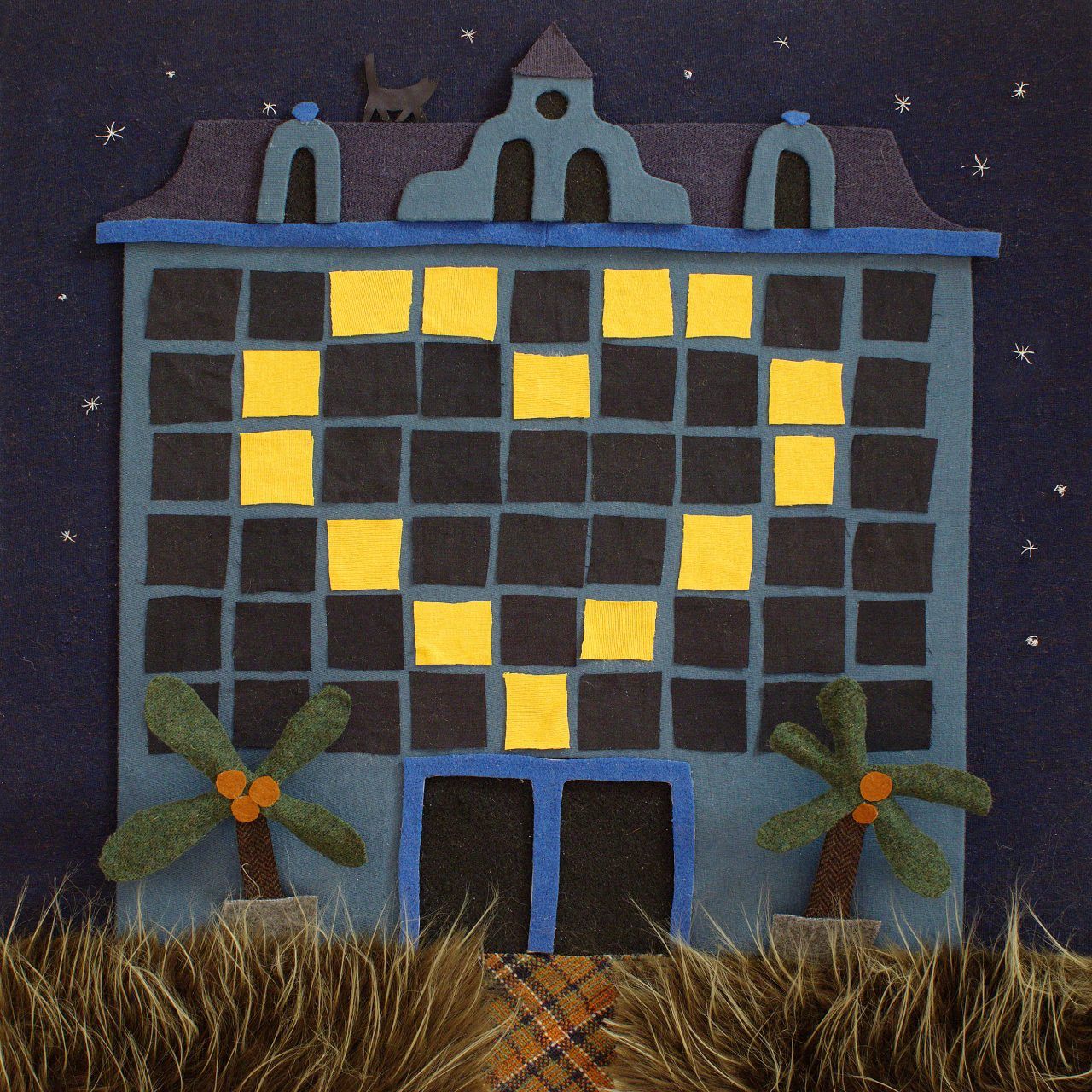
The story of A Year of Good News doesn’t end here: since people are likely to continue doing good things around the world, Martin will continue to collect good news. The animated film director has also revealed that he plans to create an exhibition of the completed works next year.
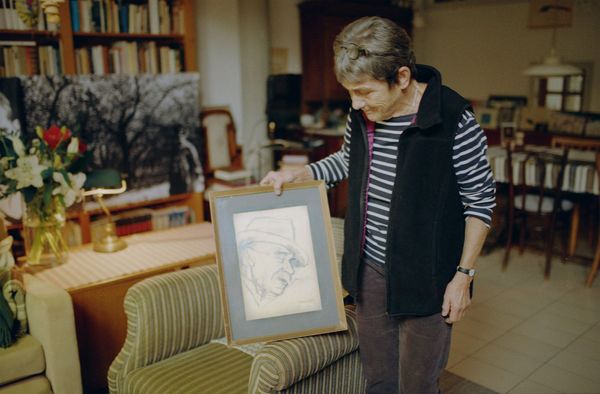
”This is Péter’s award, and I’ll take it to him” | Interview with architect Zsófia Csomay
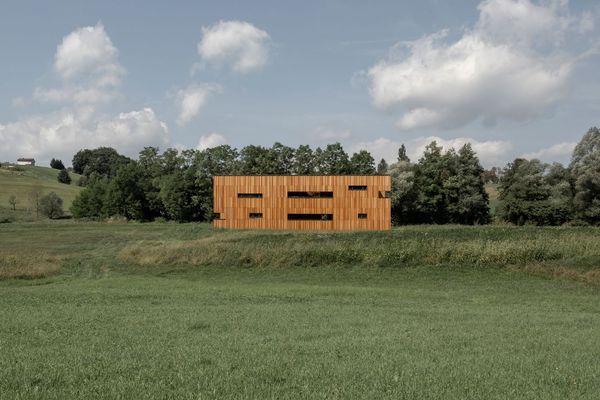
Slovenians have built the perfect place to observe nature | Bobrov Center
